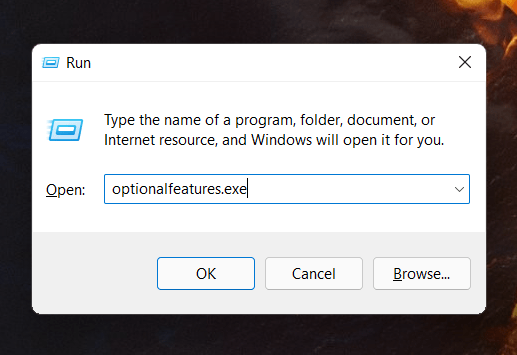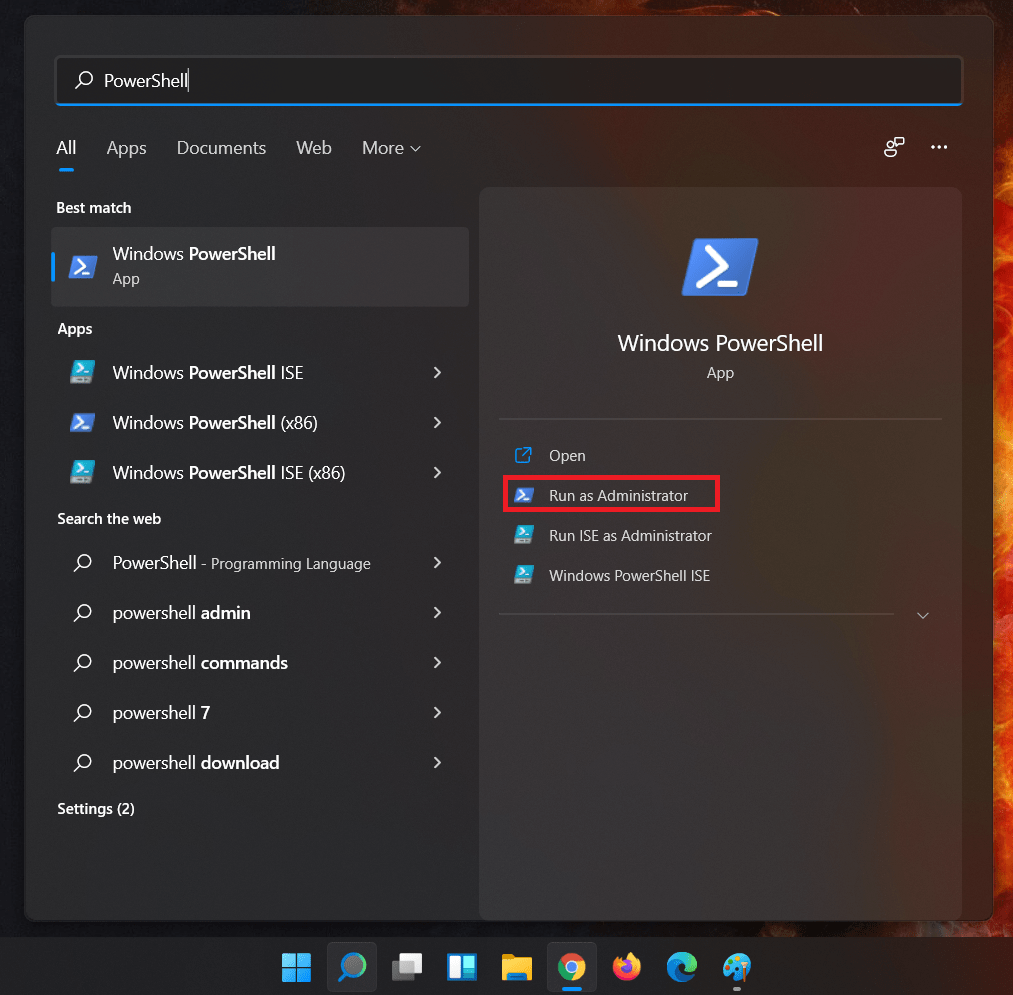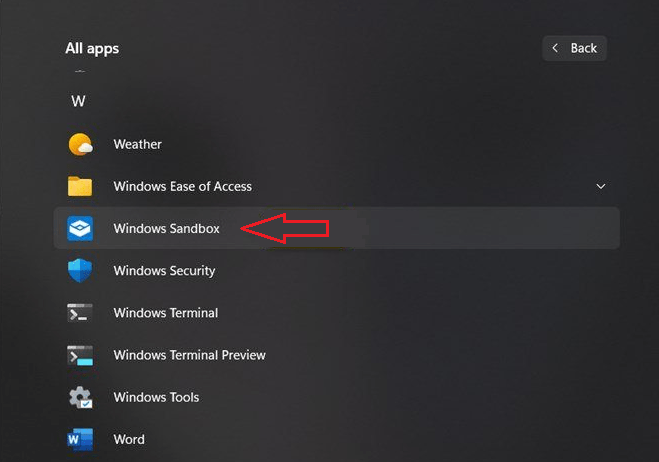This article shows how to enable Sandbox in Windows 11. If you want to enable or disable Sandbox in your Windows 11 system then this article is useful for you.
Windows Sandbox a security mechanism or feature that create a lightweight and secure desktop environment to safely run applications in isolation from the main systems. Software or application installed inside this secure environment remains “sandboxed” and runs separately from the main system.
It is a very useful feature for your system security. With the help of it, you can test the software’s and applications that are not trusted or are unknown.
When Windows sandbox is enabled, it creates a lightweight, secure and temporary desktop environment to run the applications. When you closed it, all the software’s data such as files and the states are deleted. Every time when you open an application, you get a new instance of the sandbox every time you open the application.
Prerequisites
- Windows 10 Pro, Enterprise or Education build 18305 or later
- AMD64 architecture
- Virtualization capabilities enabled in BIOS
- Available at least 4 GB of RAM (8 GB recommended)
- At least 1 GB of free disk space (SSD recommended)
- At least two CPU cores (four cores with hyperthreading recommended)
Microsoft Windows has officially released the first build of Windows 11 for developers and enthusiasts to get their feedback on the new features and UI design changes. If your system meets the all requirements to get Windows 11 Insider Preview then you can join the Windows Insider program.
Windows 11 is a major release of the Windows NT operating system developed by Microsoft. It is the successor to Windows 10 and it’s expected to be released later this year.
Enable Sandbox from Apps and Features
To enable or disable Windows Sandbox from Apps and Features, Use Windows key + R to launch the Run dialog box and type the command below:
optionalfeatures.exe
Next, select Windows Sandbox from the Windows optional features list and install it:

Enable Windows Sandbox using Command Prompt
To enable Windows Sandbox using Command Prompt, simply search for Command Prompt in Windows search bar and open it as administrator as shown below:

After open the Command Prompt, type the commands below and press Enter to run it:
dism /online /Enable-Feature /FeatureName:"Containers-DisposableClientVM" -AllThe command above will enable the Windows Sandbox feature in your system. Next, restart your computer for changes to apply.
To uninstall or disable Windows Sandbox, run the commands below:
dism /online /Disable-Feature /FeatureName:"Containers-DisposableClientVM"Enable Sandbox using Windows PowerShell
To enable Windows Sandbox using PowerShell, search for PowerShell in Windows search bar and open it as administrator as shown below:

After open the Windows PowerShell, type the commands below and press Enter to run the command:
Enable-WindowsOptionalFeature -Online -FeatureName "Containers-DisposableClientVM" -AllThe command above will enable the Windows Sandbox feature in your system. Next, restart your computer for changes to apply.
To uninstall or disable Windows Sandbox, run the commands below:
Disable-WindowsOptionalFeature -Online -FeatureName "Containers-DisposableClientVM" -OnlineHow to use Windows Sandbox
At this point, Sandbox is enable and ready to use. To launch the sandbox, open Start menu and search or find Windows Sandbox as shown in image below:

That’s all.
If you face any error and issue in above steps , please use comment box below to report.
If our tutorials helped you, please consider buying us a coffee. We appreciate your support!
Thank you for your support.



